Hot Products
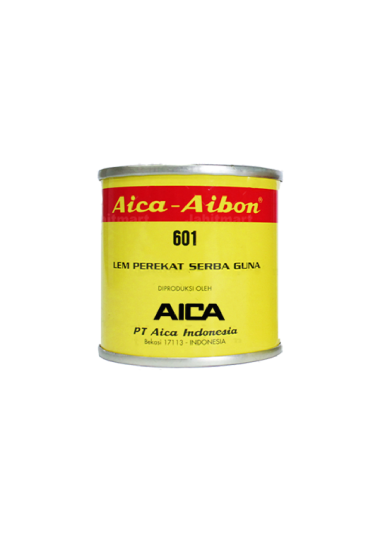
Aibon 601 (70 gr)
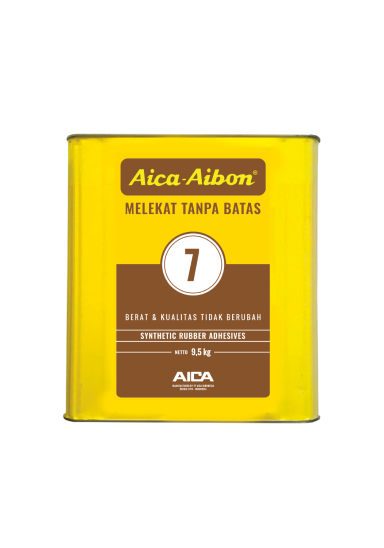
Aibon 7 (9.5 kg)
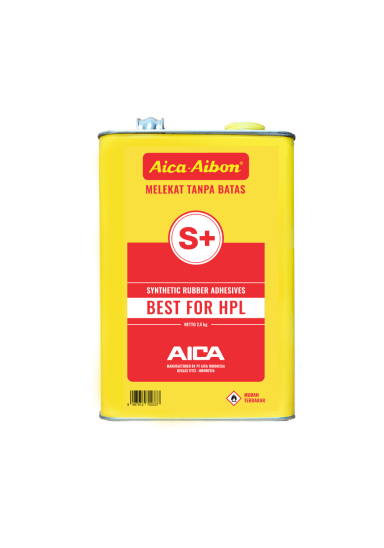
Aibon S+ (2.5 kg)
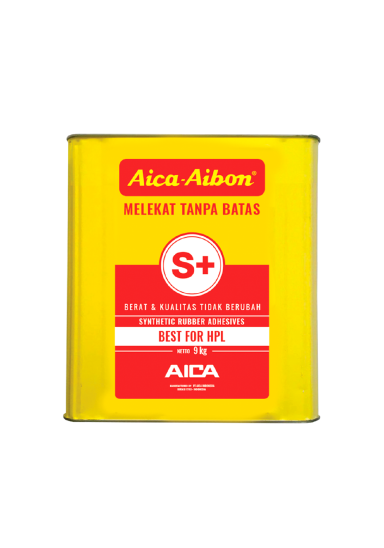
Aibon S+ (9 kg)
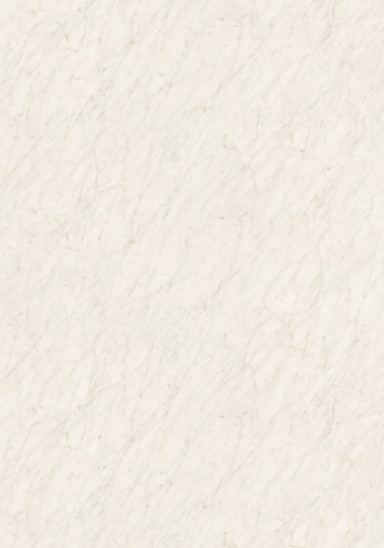
HAK-14038-ZM83
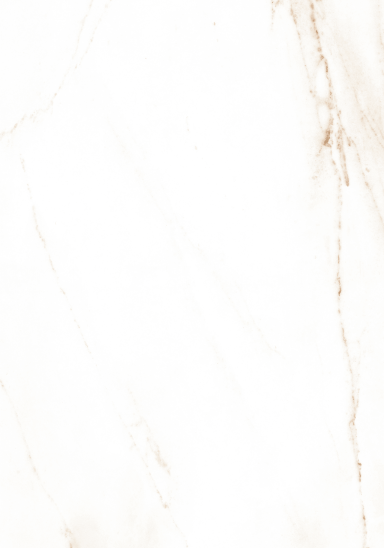
XKAF-14198-ZMN
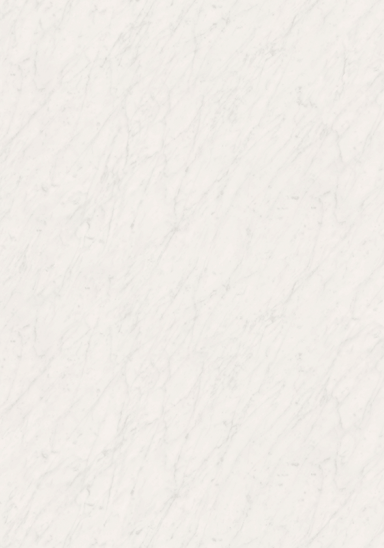
XKAF-14038-ZMN
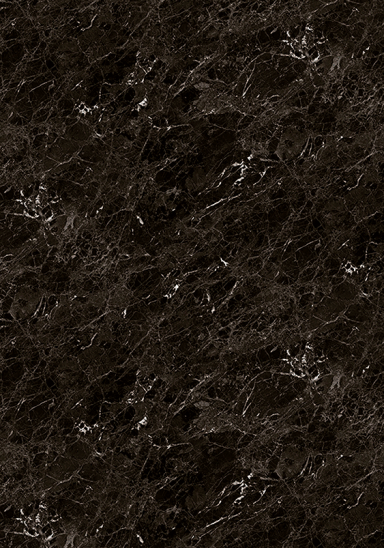
XKAF-14040-ZMN
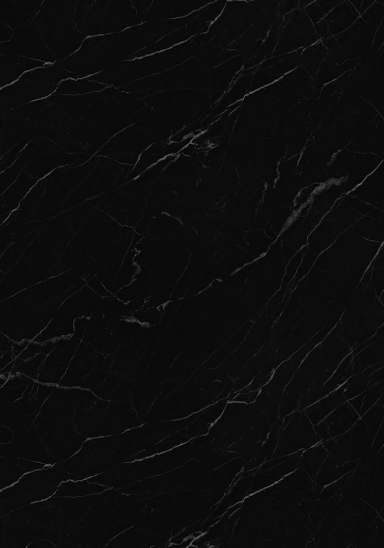
XKAF-14146-ZMN
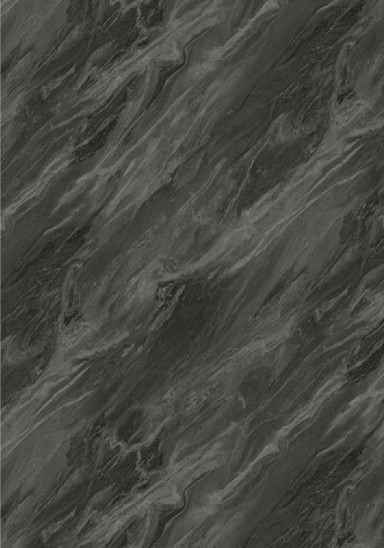










Kitchen backsplash, ever heard of the term? For those of you who are involved in the world of interior design, you must be familiar with this one interior element. However, for those of you who are still new to it, here Aica provides an explanation of the meaning of kitchen backsplash, the types of materials commonly used, and tips for caring for kitchen backsplash materials. Check out the following article!
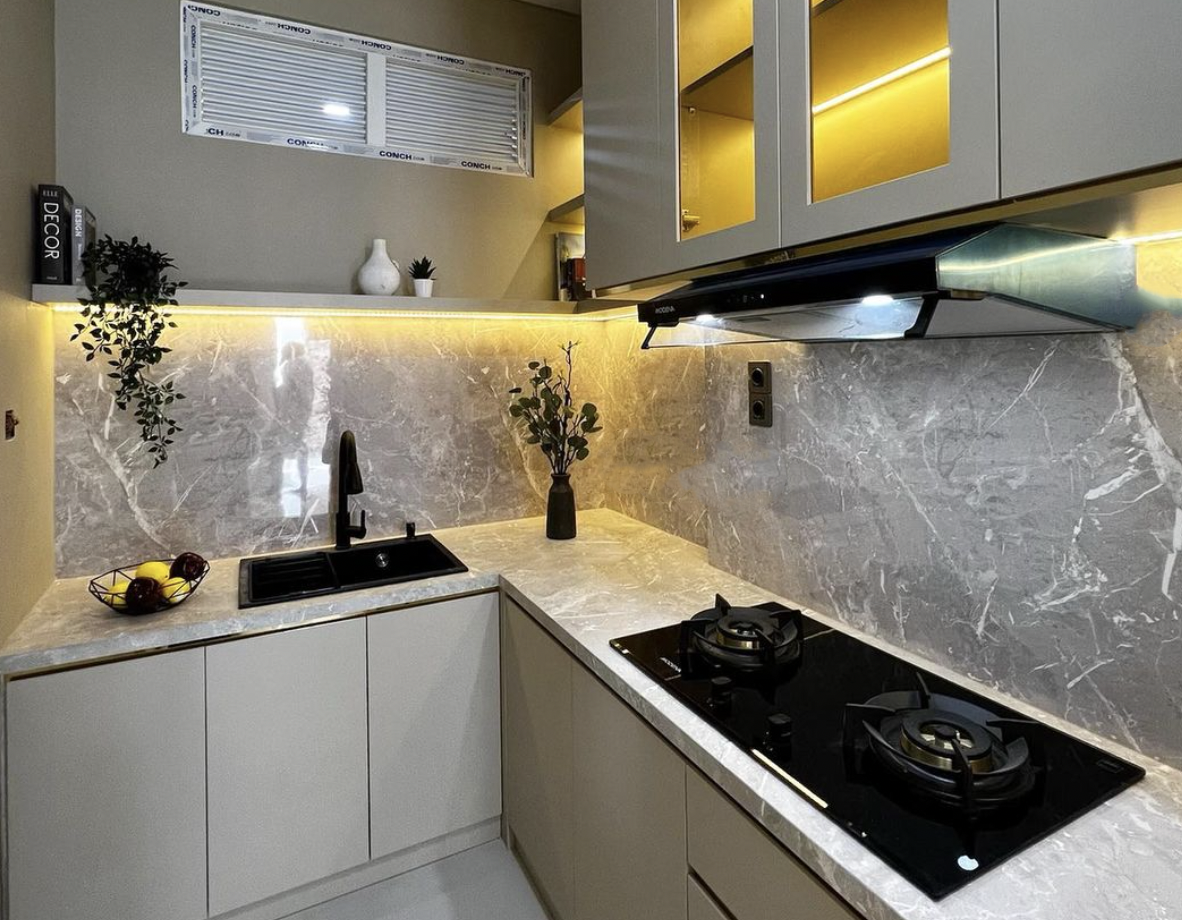
Kitchen backsplash is a wall area located between the counter top (kitchen table top) and the upper kitchen cabinets, usually the kitchen backsplash is also a wall area that is in direct contact with the stove and sink.
Called 'back-splash' is also indicated because its location is 'behind (back)' the sink and is closely related to the 'splash' of water from the sink area. You can see the backsplash area in the picture above. This area is usually protected by a special kitchen backsplash coating material.
The kitchen backsplash finishing material functions to protect the walls of the kitchen backsplash area, usually from splashes of sink water to direct heat exposure from the stove when cooking. By using this finishing material, your walls will be protected from water and heat that can damage the main wall layer of your backsplash area.
Different from just being finished with paint, when the area is finished with a special kitchen backsplash material, the stains that stick will be much easier to clean and make the aesthetic value of your kitchen last longer.
After knowing the definition and function, now we will discuss the types of materials that are commonly used as kitchen backsplash coatings.
Fire retardant panels or fire-resistant wall panels are the best option today to be used as kitchen backsplash coating materials. The reason is, this type of material has high heat resistance, so it can be used in areas that are in direct contact with the stove. This type of material even has other advantages, namely resistance to water, impact, and so on, such as Cerarl material. In addition to durability and reliability, in this modern era, wall panels also present many motifs and colors that can add aesthetic value to your cooking space.
For some people, the use of natural stone such as marble and granite in the kitchen backsplash area is still the main choice. Because this material provides a prestigious value and pride for its users considering the price which is still expensive on the market. In terms of aesthetics, this material is indeed unquestionable, but it is all directly proportional to the complexity of the installation process and the routine maintenance required.
Tiles or ceramics are one of the most frequently used types of materials as sink wall coverings. This is because ceramics have a hard surface and do not absorb stains at all, quite good in terms of function. However, the use of ceramics as a kitchen backsplash material is considered 'old-fashioned', because ceramics require a lot of joint joints considering their size is not too wide. In addition, installing ceramics on walls requires special workers and will require many other supporting materials.
Next, here is information about tips for maintaining the kitchen backsplash area.
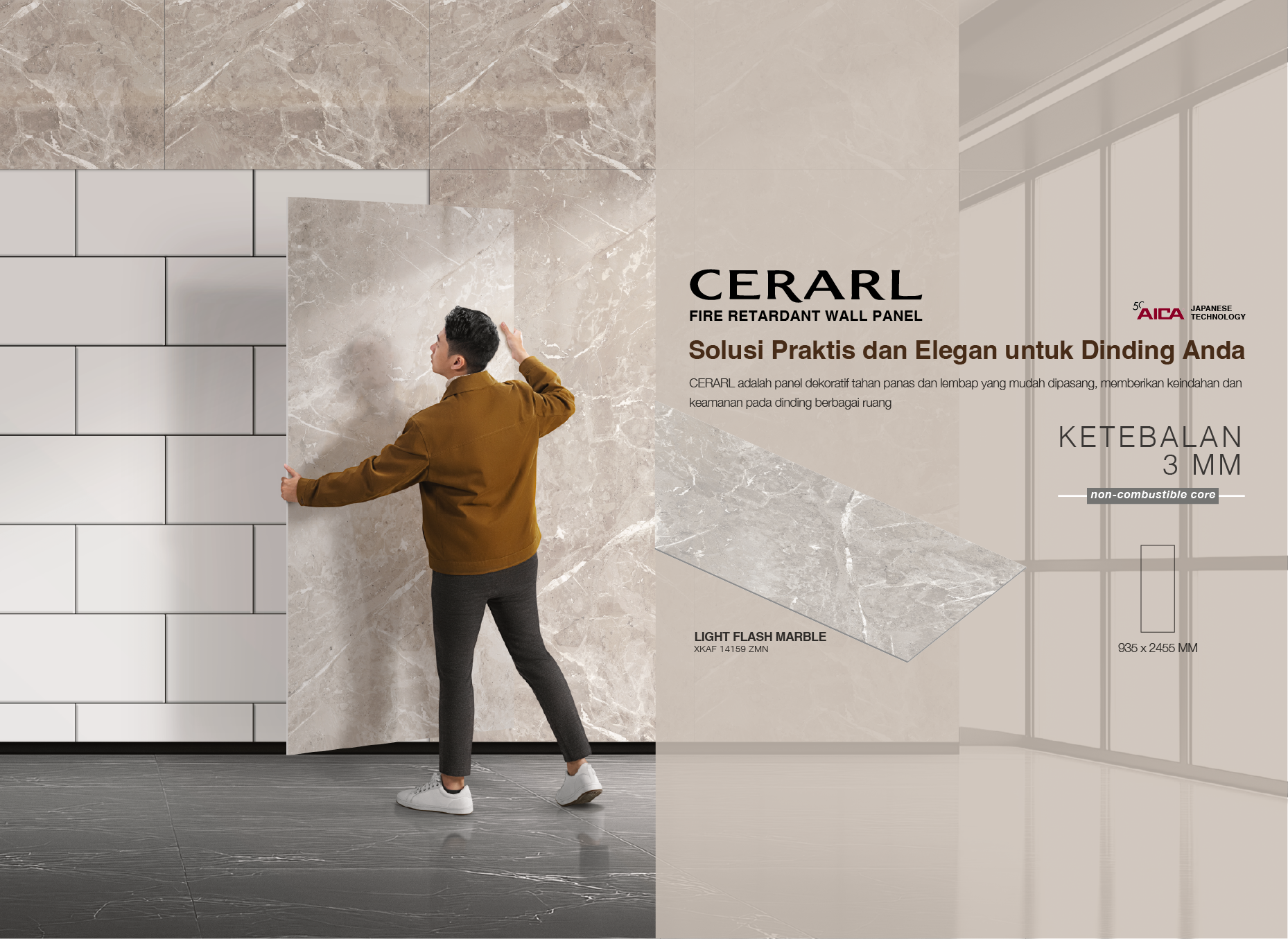
By using coating material, you get additional aesthetic value from the available motifs from the material you choose, unlike if you only coat it with paint which will only give a plain appearance. In addition, as discussed above, coating material also has various advantages, the most important of which is protecting the kitchen backsplash wall area from water splashes and heat exposure from the stove.
After you have determined the appropriate choice of wall covering material, please note not to clean the wall covering material with harsh chemical cleaning fluids. This can erode the surface of the material, and worst of all, damage the color and motif of the wall covering material.
Not all kitchen backsplash coating materials have the advantage of being stain-resistant, usually because the material has pores that can absorb stains. To anticipate this, immediately clean splashes of water or stains with a soft cloth and clean water so that the stains do not absorb. Or choose a stain-resistant and non-porous kitchen backsplash finishing material.
-
That was a complete description of the kitchen backsplash. The conclusion of this article is that the kitchen backsplash is the wall area between the upper kitchen cabinet and the kitchen top table which is usually in direct contact with the stove and sink. Make sure you choose the best kitchen backsplash coating material that suits your budget and needs. And don't forget to pay attention to the tips for maintaining the kitchen backsplash area that have been conveyed above.
SHARE